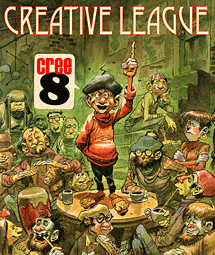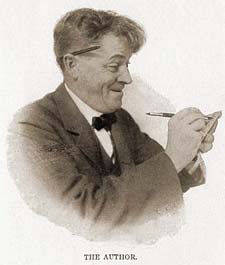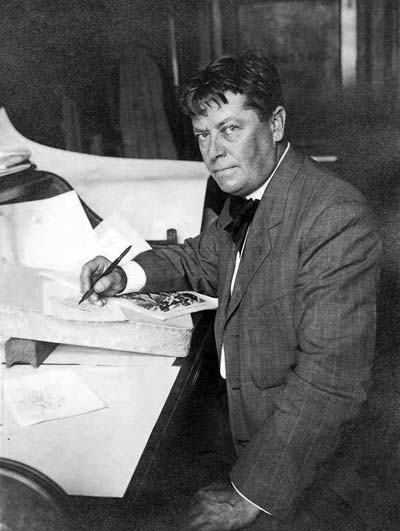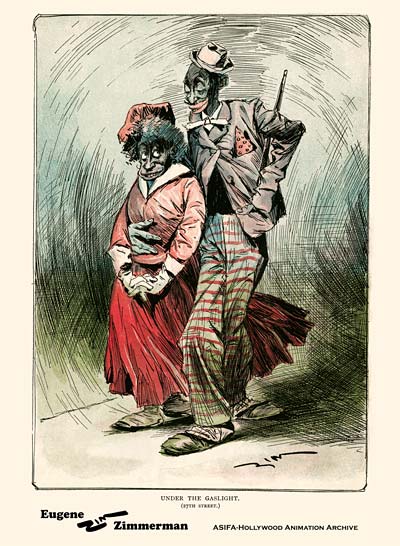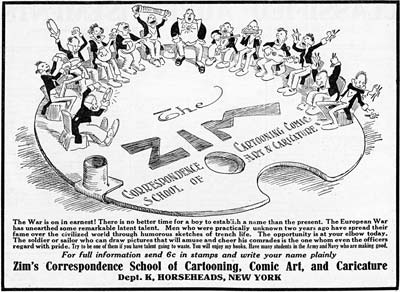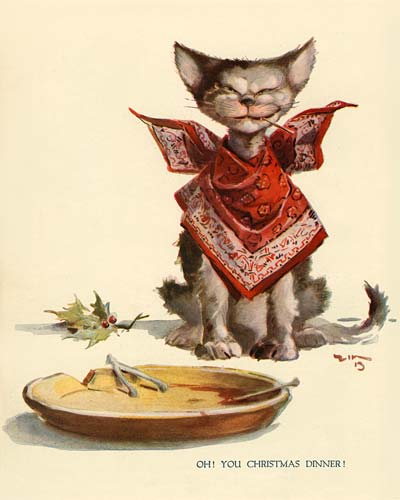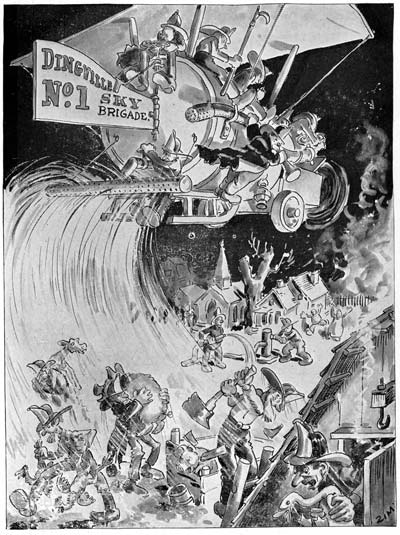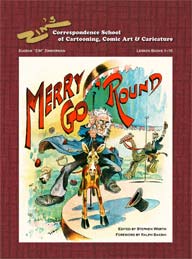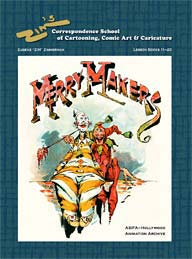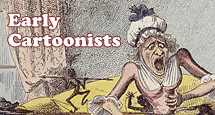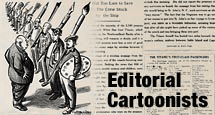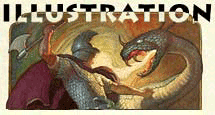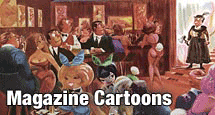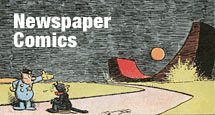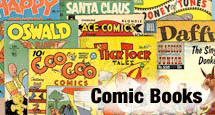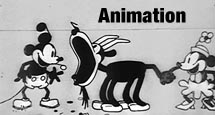This posting is a stub. You can contribute to this entry by providing information through the comments link at the bottom of this post. Please organize your information following the main category headers below….
Birth/Death
Born: March 19, 1933
Occupation/Title
Director, Animator, Producer
Bio Summary
Richard Williams is a triple Oscar winner. He has won over 250 international awards including 3 British Academy Awards, 3 Oscars and an Emmy. His films include Who Framed Roger Rabbit, The Return of the Pink Panther, The Charge of the Light Brigade, A Christmas Carol and The Little Island. People he has worked with include Ken Harris, Art Babbitt, Milt Kahl, Grim Natwick, Frank Thomas, Ollie Johnston, Andreas Deja, Eric Goldberg, Simon Wells, Emery Hawkins, Cliff Nordberg, Abe Levitow, and Chuck Jones.
Early Life/Family
Richard Williams’ parents were divorced when he was five, his mom Kathleen, as well as his other family of artists encouraged him to draw. At fifteen, Richard went down to Burbank and stayed at the YMCA. There he toured the Disney Studio, where he aspired to to be Walt’s Top Idea Man. For work, he drew for some ads for the Disney Advertising Department. At a young age Richard Williams moved to from his native Canada to Spain to paint and study.
Education/Training
Ontario College of Art, Canada
Career Outline
In 1955 Williams had an idea for an animated film. England was the nearest English-speaking country and he figured if he was going to animate he had better move there. He spent the next three years making that film (The Little Island). This short won him instant recognition as a major talent. Other films followed such as “Love Me Love ME” and the Academy Award winning “A Christmas Carol” along with his commercials and animated segments for feature films that cemented his reputation for creating high quality inventive animation.
A turning point for him came when he and his staff went to see The Jungle Book in 1968. They had been taking character animation for granted and were blown away by what they saw. He was most impressed with the animation of Shere Khan done by Milt Kahl. He promptly wrote Milt and invited him to visit the studio. This was the beginning of their long friendship and the start of his effort to seek out some of the “Old Timers” to learn from and even employ. Art Babbit came to his studio to work and to teach his now legendary animation classes to the staff.
Working on the Thief and The Cobbler (It went by many names over the years) was partly a learning exercise for him and his staff. It’s footage also landed them the Roger Rabbit gig. Williams made one other feature before Roger Rabbit; “Raggedy Ann and Andy”. He was original hired as supervisor and Abe Levitow was to direct. When Abe got sick, Williams was contractually obligated to take over directing. He made the best of the material he was given, but they wouldn’t let him drop any of the 20 songs in the film. He was going over time and budget so the film was finished hastily for him by 20th Century Fox.
Williams most well know film is Who Framed Roger Rabbit where he served as animation director. This film is widely considered to be the film that started the second golden age of animation. Since then, he has taught and hosted his famous animation master classes in San Francisco, Hollywod, London, Denmark, as well as all over the world. Currently, Williams lives in Wales with his fourth wife and two children. Williams also has four children from two of his three previous marriages, including animator Alex Williams and painter Holly Williams-Brock.
Comments On Style
Influences
Walt Disney, Art Babbit, Ken Harris, Milt Kahl
Personality
Helpful, hot-headed, hard-headed, determined, supportive
Anecdotes
Miscellaneous
Filmography
The Little Island 1958 (Director, Producer, Story)
The Sunday Break [04/12/60] 1960 Dick Williams’ Band
Love Me, Love Me, Love Me 1962 (Director, Animator, Producer)
A Lectrue On Man 1962 (Director)
The Dermis Probe 1965 (Director, Story, Editor)
What’s New Pussycat? 1965 (Title Animation and Design)
A Funny Thing Happened On The WAY To The Forum 1966 (Titles)
The Spy With A Cold Nose 1966 (Titles)
Casino Royale 1967 (Titles/Montage Effects and Design)
The Charge Of The Light Brigade 1968 (Titles and animation sequences)
Prudence And The Pill 1968 (Titles)
Every Home Should Have One 1970) (Title Designer)
A Christmas Carol 1971 (Director, Producer)
Gawain And The Green Knight 1973 (Titles and Graphics)
Murder On The Orient Express 1974 (Title Designer)
The Return Of The Pink Panther 1975 (Animation and Titles)
The Pink Panther Strikes Again 1976 (Animation and Titles)
Raggedy Ann & Andy: A Musical Adventure 1977 (Director, Production Supervisor)
Ziggy’s Gift 1983 (Director)
Who Framed Roger Rabbit 1988 (Director of Animation, Voice Actor: Droopy)
Tummy Trouble 1989 (Voice Actor: Droopy)
The Thief And The Cobbler (aka: Arabian Knight) 1995 (Director, Producer, Story, Animator)
Honors
Annie Award: Winsor McCay Award 1984
Academy Award: Best Animated Short "A Christmas Carol" 1972
Emmy Award: Best Animated Program "Ziggy’s Gift" 1982
Academy Award: Best Effects, Visual Effects "Who Framed Roger Rabbit" 1989
Academy Award: Special Achievement for Animation Direction And Character Creation "Who Framed Roger Rabbit" 1989
Related Links
Wikipedia Entry: Richard Williams
Thief & The Cobbler Page
Thief and the Cobbler DVD Petition
Culture Dose’s review of “The Animator’s Survival Kit.
Bibliographic References
WILLIAMS, Richard, The Animator’s Survival Kit, 2001
The Animated Raggedy Ann and Andy: An Intimate Look at the Art of Animation: Its History, Techniques, and Artists, 1977
Masters of Animation, 2001
Animato! Issue 35, Summer 1996
fps Magazine #9 Spring 1995
BIO-AAA-269
Contributors To This Listing
Nicolas Martinez
To make additions or corrections to this listing, please click on COMMENTS below…





